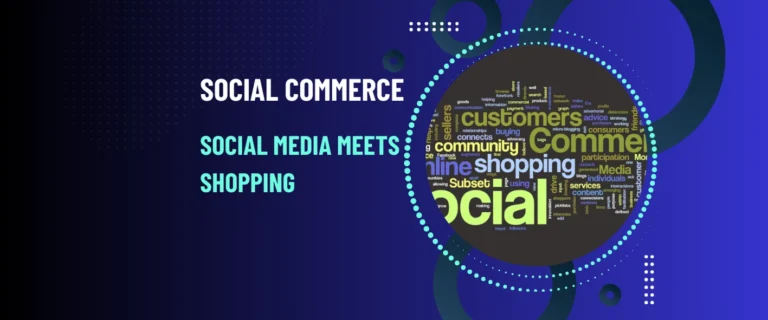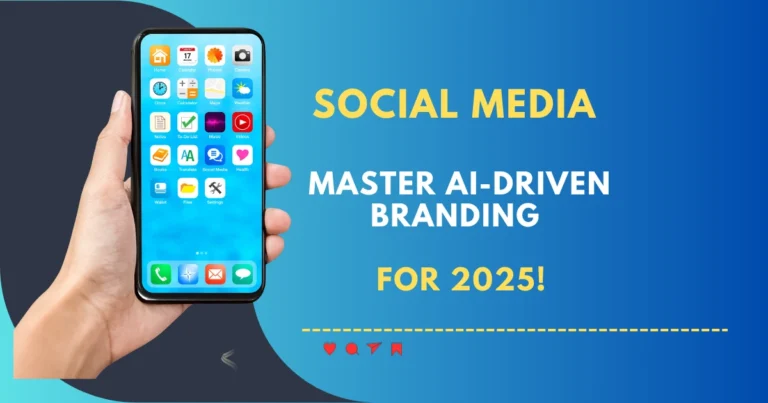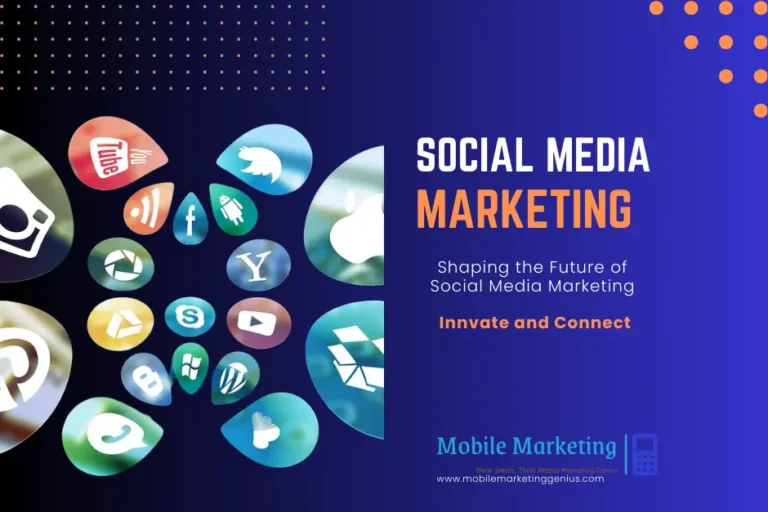Best Practices for Engaging Audiences: A Guide to Social Media and Mobile Marketing

Businesses must prioritize customer engagement to remain competitive. A robust strategy that combines social media and mobile marketing can significantly enhance a brand’s reach and interaction with its target audience. By integrating these two powerful channels, businesses can create meaningful engagement that drives conversions and builds lasting relationships with their customers. This guide outlines the best practices for engaging audiences using social media, providing actionable insights that can elevate your marketing efforts.
Table of Contents
1. Understanding the Power of Social Media
The relationship between social media and mobile marketing is vital for reaching consumers where they are most active. With over 80% of social media usage occurring on mobile devices, businesses must optimize their strategies for mobile-first engagement. Mobile marketing ensures that your brand is always accessible, while social media provides the platform for real-time interaction and engagement.
By leveraging both channels together, brands can create interactive experiences that keep audiences engaged. From mobile-friendly advertisements to responsive social media content, combining these approaches allows for a seamless and dynamic customer journey.
2. Selecting the Right Platforms for Social Media for Mobile Marketing
Choosing the appropriate platforms is essential for maximizing the effectiveness of your social media marketing strategy. Different platforms cater to various demographics and content types, so understanding your audience is critical.
- Instagram and TikTok: These platforms are perfect for brands targeting younger audiences, focusing on visual content and short-form videos that perform well on mobile.
- Facebook: Known for its broad user base, Facebook is ideal for mobile advertising campaigns that reach diverse age groups.
- LinkedIn: A must for B2B marketing, LinkedIn offers professional engagement and networking opportunities, optimized for mobile users.
By identifying where your audience spends most of their time, you can create targeted social media and mobile marketing campaigns that drive engagement.
3. Crafting Mobile-Optimized Content for Social Media
To engage your audience effectively, it is essential to create content that is optimized for mobile devices. Here are some best practices for crafting content that resonates on social media platforms:
- Use Vertical Video: Vertical videos are more engaging on mobile and are favored by platforms like Instagram and TikTok.
- Short and Snackable Content: Mobile users tend to scroll quickly, so keeping your content concise and visually appealing will ensure higher engagement rates.
- Interactive Features: Utilize features like polls, quizzes, and augmented reality filters to increase engagement and keep users interested.
Mobile users expect smooth, responsive experiences, so all your social media and mobile marketing content must be tailored to these preferences.
4. Utilizing Influencer Marketing in Social Media
Influencer marketing is a highly effective way to boost engagement on social media for mobile marketing platforms. Influencers already have established relationships with their followers, which allows brands to tap into highly engaged audiences.
When collaborating with influencers, ensure their content aligns with your brand’s message and that it is optimized for mobile. Influencers can create authentic, engaging content that resonates with their followers, leading to higher brand awareness and engagement. For instance, Instagram and TikTok influencers are particularly effective at driving engagement through sponsored posts, stories, and challenges that cater to mobile users.
5. Driving Engagement Through Mobile-Friendly Ads on Social Media
An effective social media and mobile marketing strategy requires using mobile-friendly advertisements. These ads should be designed to load quickly and fit perfectly on mobile screens. Platforms like Instagram, Facebook, and TikTok offer mobile-first ad formats, such as vertical videos and swipeable carousel ads, which enhance user engagement.
Here are key tips for creating engaging mobile ads:
- Keep It Simple: Mobile ads need to be concise, with clear visuals and minimal text.
- Strong Call-to-Action (CTA): A well-placed CTA directs mobile users to take immediate action, whether it’s visiting your website, downloading your app, or making a purchase.
- Interactive Elements: Incorporate elements like swipe-ups, tap-to-view, or shoppable tags to create a more interactive and engaging experience.
Effective mobile advertising plays a crucial role in any social media and mobile marketing campaign, ensuring your message reaches users in the right way.
6. Encouraging Engagement with Social Media and Mobile Marketing Tools
To engage audiences effectively, brands should leverage the various tools and features offered by social media and mobile marketing platforms. Real-time interaction through tools such as live streaming, stories, and direct messaging allows for deeper customer engagement.
- Live Streaming: Facebook and Instagram Live enable brands to interact with audiences in real-time, providing a more personal and engaging experience.
- Instagram Stories and Polls: These features are perfect for gathering feedback, running contests, or engaging with followers through Q&A sessions.
- Push Notifications: Use push notifications to re-engage users who have interacted with your content, offering timely updates or exclusive promotions that encourage further engagement.
By incorporating these tools into your social media and mobile marketing strategy, you can foster a more interactive and engaged audience.
7. Measuring the Impact of Your Social Media and Mobile Marketing Efforts
Tracking and measuring your social media and mobile marketing performance is essential for refining your strategy. Key metrics to monitor include:
- Engagement Rates: Measure likes, shares, comments, and click-through rates to understand how well your content is resonating with your audience.
- Conversion Rates: Track the number of users who take specific actions, such as making a purchase or signing up for a newsletter, after engaging with your mobile content.
- Customer Feedback: Use social media tools like polls or surveys to gather real-time feedback from your audience.
Utilizing platforms like Facebook Insights or Google Analytics will give you a clearer picture of how your social media and mobile marketing campaigns are performing and where adjustments are needed.
8. Avoiding Common Pitfalls in Social Media and Mobile Marketing
While social media for mobile marketing offer numerous benefits, there are common mistakes that brands should avoid:
- Neglecting Mobile Optimization: Always ensure that your content, websites, and ads are optimized for mobile devices.
- Overloading Users with Ads: Too many ads can overwhelm users and cause them to disengage. Be strategic with your ad frequency and placement.
- Lack of Personalization: Mobile users expect a personalized experience. Use data-driven insights to create content tailored to individual preferences.
Avoiding these mistakes will help ensure that your social media and mobile marketing campaigns remain effective and engaging.
9. Future Trends in Social Media and Mobile Marketing
The future of social media and mobile marketing is being shaped by emerging trends and technologies. Businesses must stay ahead of these developments to remain competitive:
- 5G and Mobile Experiences: The rollout of 5G technology will allow for faster internet speeds and richer mobile content experiences, such as augmented reality (AR) and virtual reality (VR) ads.
- Social Commerce: Platforms like Instagram and Facebook are increasingly integrating shopping features, enabling users to make purchases directly within the app.
- AI and Chatbots: AI-driven chatbots will continue to enhance customer service on mobile platforms, providing instant, personalized responses to customer queries.
By adapting to these trends, businesses can keep their social media and mobile marketing strategies current and effective.
10.Conclusion
Incorporating best practices for engaging audiences through social media and mobile marketing can significantly boost your brand’s visibility and customer interaction. By choosing the right platforms, creating mobile-optimized content, and leveraging influencer partnerships, businesses can foster meaningful engagement and drive conversions. Measuring your results and staying ahead of industry trends will ensure that your social media and mobile marketing efforts remain effective and future-proof.






One Comment
Comments are closed.